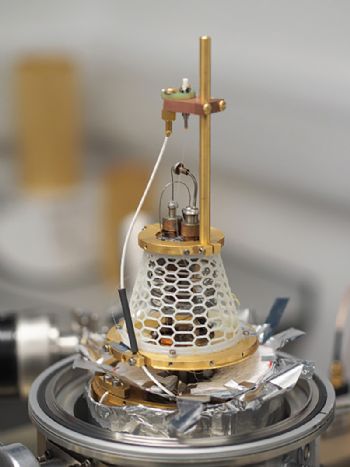
A new form of compact cooling technology developed for space astronomy could pave the way for the use of advanced superconducting detectors in cancer treatments, driverless cars and practical quantum communications.
In a letter published in the journal Superconductor Science and Technology, researchers from the University of Glasgow (
www.glasgow.ac.uk) and the STFC Rutherford Appleton Laboratory (
www.stfc.ac.uk) describe how they have developed a supercooled detector platform that can detect single photons and has a power consumption low enough to enable it to be used outside a laboratory environment.
Their research builds on existing developments in extremely sensitive light sensors known as superconducting nanowire single photon detectors, which have facilitated numerous significant advances in quantum science over the last decade, but need to be cooled to a just few degrees above absolute zero — a process that requires hazardous liquid helium, or a great deal of electrical power.
The research team from Glasgow and Rutherford Appleton labs have developed a less power-hungry platform for SNSPDs, which opens up a wide range of new applications for the technology.
Lead author of the letter, Nathan Gemmell, of the University of Glasgow’s School of Engineering, said: “We’ve adapted technology initially developed for the European Space Agency’s Planck mission, which launched in 2009 and successfully surveyed cosmic background radiation over four and a half years in space.
We’ve taken a fibre-optic coupled superconducting detector supplied by Single Quantum BV and housed it in a miniaturised cooler that runs from standard mains power.”
Professor Robert Hadfield, Professor of Photonics at the University of Glasgow’s School of Engineering, said: “We’ve been able to use the system to detect infra-red photons indicating a form of excited oxygen known as ‘singlet oxygen’, which plays a key role in many biological and physiological processes.
“In a cancer treatment called photodynamic therapy (PDT), the treatment drug exchanges energy with surrounding oxygen molecules on optical excitation, creating singlet oxygen radicals that kill tumour cells.
“A miniaturised cooling platform like ours would make SNSPD use in clinical PDT much more practical, potentially making cancer treatments more effective.”